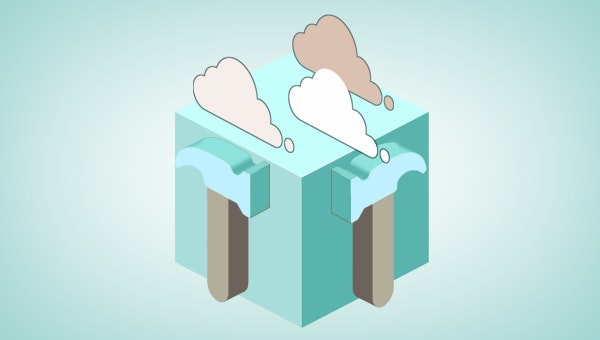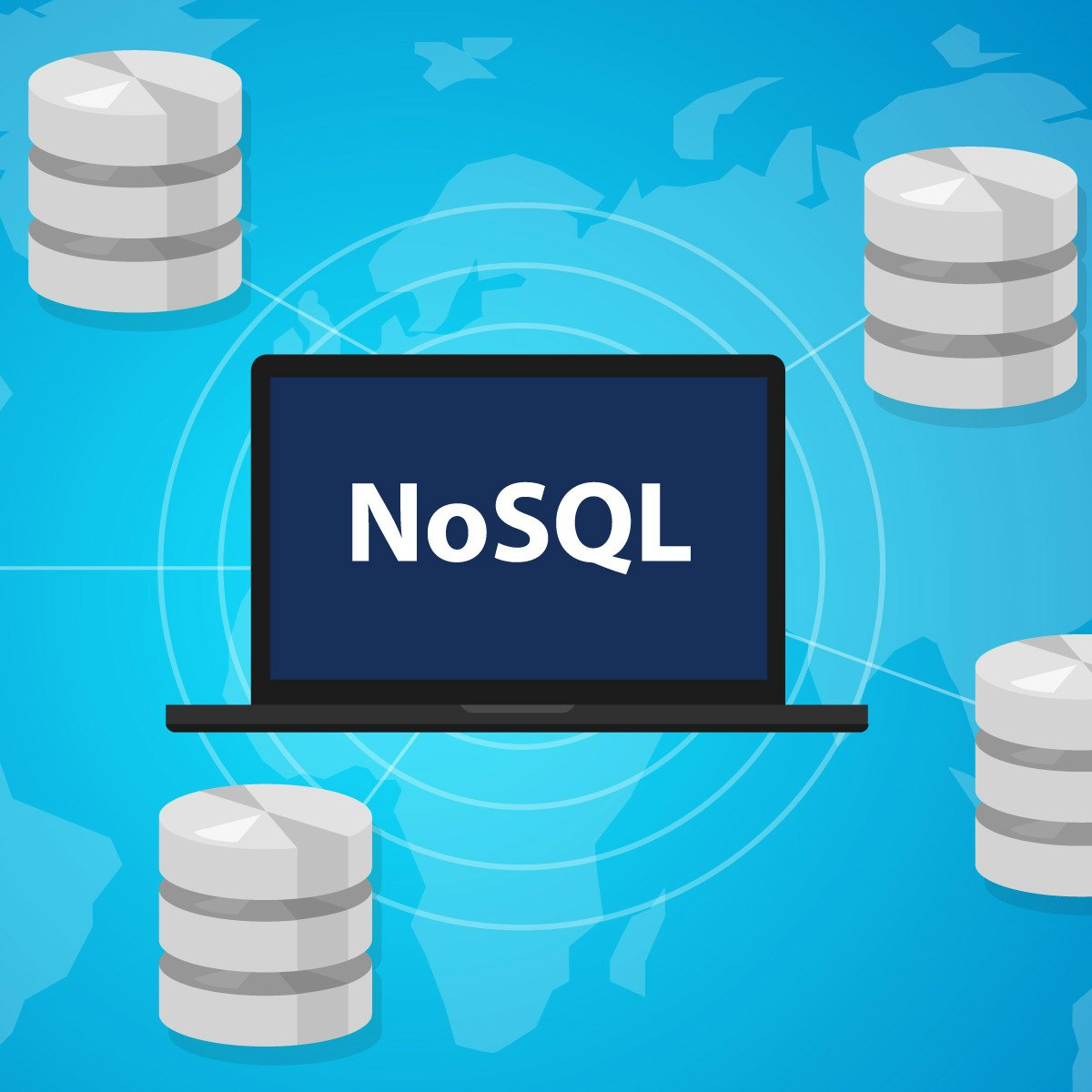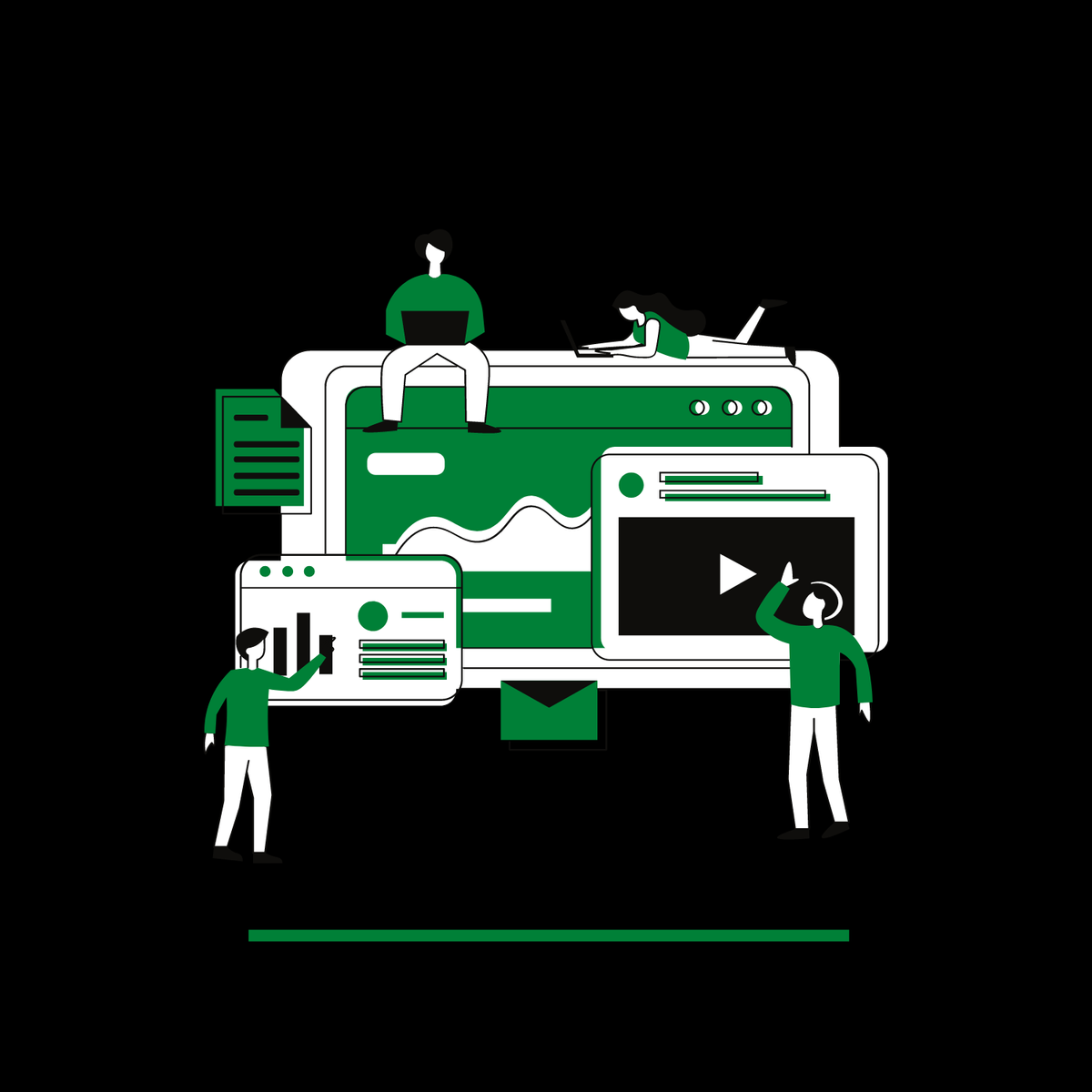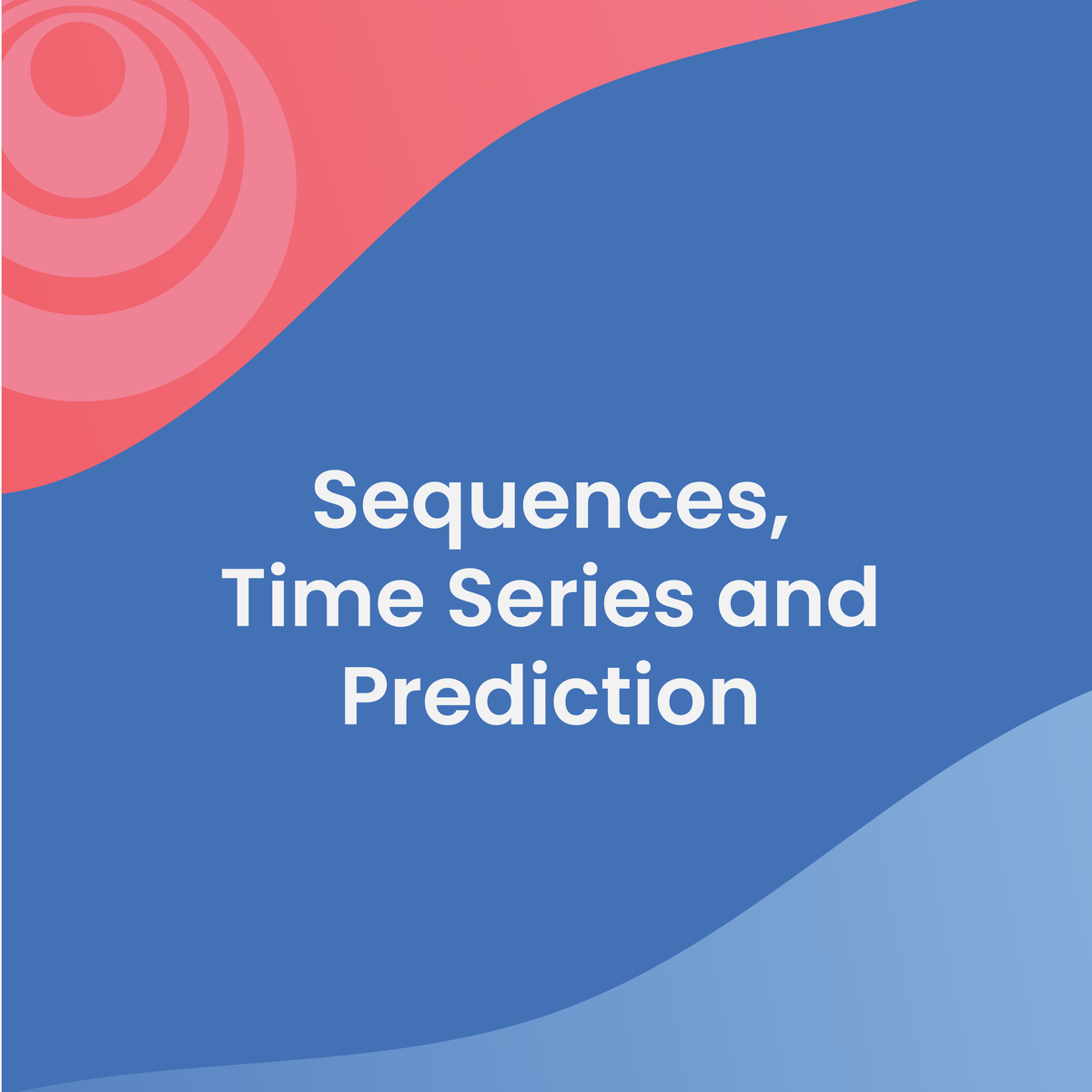Back to Courses









Computer Science Courses - Page 85
Showing results 841-850 of 2309

Cloud Computing Applications, Part 1: Cloud Systems and Infrastructure
Welcome to the Cloud Computing Applications course, the first part of a two-course series designed to give you a comprehensive view on the world of Cloud Computing and Big Data!
In this first course we cover a multitude of technologies that comprise the modern concept of cloud computing. Cloud computing is an information technology revolution that has just started to impact many enterprise computing systems in major ways, and it will change the face of computing in the years to come.
We start the first week by introducing some major concepts in cloud computing, the economics foundations of it and we introduce the concept of big data. We also cover the concept of software defined architectures, and how virtualization results in cloud infrastructure and how cloud service providers organize their offerings. In week two, we cover virtualization and containers with deeper focus, including lectures on Docker, JVM and Kubernates. We finish up week two by comparing the infrastructure as a service offering by the big three: Amazon, Google and Microsoft.
Week three moves to higher level of cloud offering, including platform as a service, mobile backend as a service and even serverless architectures. We also talk about some of the cloud middleware technologies that are fundamental to cloud based applications such as RPC and REST, JSON and load balancing. Week three also covers metal as a service (MaaS), where physical machines are provisioned in a cloud environment.
Week four introduces higher level cloud services with special focus on cloud storage services. We introduce Hive, HDFS and Ceph as pure Big Data Storage and file systems, and move on to cloud object storage systems, virtual hard drives and virtual archival storage options. As discussion on Dropbox cloud solution wraps up week 4 and the course.

Introduction to NoSQL Databases
This course will provide you with technical hands-on knowledge of NoSQL databases and Database-as-a-Service (DaaS) offerings. With the advent of Big Data and agile development methodologies, NoSQL databases have gained a lot of relevance in the database landscape. Their main advantage is the ability to effectively handle scalability and flexibility issues raised by modern applications.
You will start by learning the history and the basics of NoSQL databases and discover their key characteristics and benefits. You will learn about the four categories of NoSQL databases and how they differ from each other. You will explore the architecture and features of several different implementations of NoSQL databases, namely MongoDB, Cassandra, and IBM Cloudant. You will then get hands-on experience using those NoSQL databases to perform standard database management tasks, such as creating and replicating databases, loading and querying data, modifying database permissions, indexing and aggregating data, and sharding (or partitioning) data.

LCFA Exam Preparation
This course is ideal for those getting started in an IT career as an administrator/engineer who want to become a Linux Foundation Certified IT Associate (LFCA).
The LCFA Exam Preparation course is designed to introduce learners to the sponsor organization behind the LFCA certification exam and the details of taking the LFCA exam. This class helps learners prepare for the LFCA exam through a series of self-paced learning, readings, discussions and practice exams.

Introduction to TestNG and Integration with Selenium
TestNG stands for Test Next Generation is a testing framework that provides the developer the ability to write more flexible and powerful tests with help of easy annotations, grouping, sequencing & parametrizing.
It can easily be integrated with automation tools like Selenium and is widely used by automation test experts to write functional tests.
In this one-hour guided project through hands-on, practical exercises, you will learn --
1. Writing test cases using @Test annotation using TestNG
2. Using @BeforeMethod and @AfterMethod annotations and their purpose in TestNG
3. Using @BeforeClass and @AfterClass annotations and their purpose in TestNG
4. TestNG integration with Selenium automation tool
5. Priority and enabled attributes in TestNG to control the order of execution and enabling/disabling a test case.
6. Using Assert statement to add assertions in TestNG
7. Understanding different format of reports in TestNG
Note: This course works best for learners who are based in the North America region. We’re currently working on providing the same experience in other regions.
Tracking Objects in Video with Particle Filters
In this one hour long project-based course, you will tackle a real-world computer vision problem. We will be locating and tracking a target in a video shot with a digital camera. We will encounter some of the classic challenges that make computer vision difficult: noisy sensor data, objects that change shape, and occlusion (object hidden from view).
We will tackle these challenges with an artificial intelligence technique called a particle filter.
By the end of this project, you will have coded a particle filter from scratch using Python and numpy.
Note: This course works best for learners who are based in the North America region. We’re currently working on providing the same experience in other regions.

Introduction to User Experience Building Blocks in Miro
By the end of this project, you will be able to leverage User Experience building blocks to map, design, and manage the User Experience.
To do this you will consider the fundamentals of User Experience and User Interface design while gaining hands-on experience exploring, accessing, and installing building block components in the Miro online visual collaboration platform for teamwork.
Note: This course works best for learners who are based in the North America region. We’re currently working on providing the same experience in other regions.

Deploy Kubernetes Load Balancer Service with Terraform
This is a self-paced lab that takes place in the Google Cloud console. In Terraform, a Provider is the logical abstraction of an upstream API. This lab will show you how to setup a Kubernetes cluster and deploy Load Balancer type Nginx service on it.

Sequences, Time Series and Prediction
If you are a software developer who wants to build scalable AI-powered algorithms, you need to understand how to use the tools to build them. This Specialization will teach you best practices for using TensorFlow, a popular open-source framework for machine learning.
In this fourth course, you will learn how to build time series models in TensorFlow. You’ll first implement best practices to prepare time series data. You’ll also explore how RNNs and 1D ConvNets can be used for prediction. Finally, you’ll apply everything you’ve learned throughout the Specialization to build a sunspot prediction model using real-world data!
The Machine Learning course and Deep Learning Specialization from Andrew Ng teach the most important and foundational principles of Machine Learning and Deep Learning. This new deeplearning.ai TensorFlow Specialization teaches you how to use TensorFlow to implement those principles so that you can start building and applying scalable models to real-world problems. To develop a deeper understanding of how neural networks work, we recommend that you take the Deep Learning Specialization.

Dialogflow CX: Contextual Intents
This is a self-paced lab that takes place in the Google Cloud console. In this lab you will learn how to use some advanced Dialogflow CX features, like how to let a user ask your virtual agent to repeat what it said; let the user ask common questions from your FAQ in the middle of another conversation; ask context-sensitive questions, and add conversational branching and looping based on current values in the session parameters.

Create a Simple Checkpoint System with C# in Unity
Checkpoints are prevalent in racing and adventure games. In adventure games, they provide a fallback point to which a player can return when the challenges of the game gets rough, and in racing, they can provide additional time to complete a circuit.
In this one-hour, project-based course, you'll learn how to respawn a player to a saved checkpoint. You'll also update the saved location when a player reaches a new checkpoint, and save the checkpoint location to PlayerPrefs for easy reloading at the next gaming session.
The guided project will introduce you to the following Unity concepts:
- Transforms
- Triggers
- PlayerPrefs
- String-manipulation
